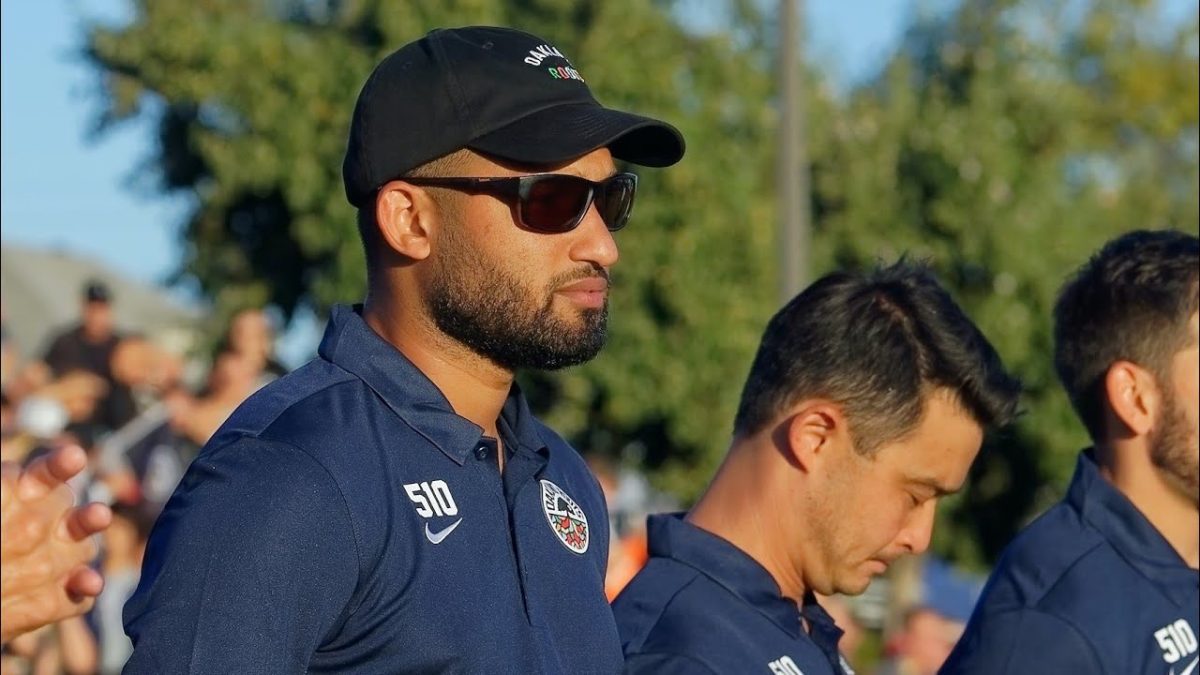Every spring, the Division I National Collegiate Athletic Association (NCAA) of men’s basketball holds a 68-team single elimination tournament to determine the college basketball champion.
With roots stemming originally from the state of Illinois, the tournament was officially born in 1939 and was spearheaded by Ohio State University coach Harold Olsen. It goes by nicknames such as “March Madness,” “The Big Dance,” and has gained prominence as one of the nations most watched and discussed spring sporting events.
The tournament teams include champions from 31 Division I conferences (which receive automatic bids), and 37 teams which are awarded at-large berths. These “at-large” teams are chosen by an NCAA selection committee.
The 68 teams are divided into four regions and organized into a single elimination “bracket,” which predetermines when a team wins a game, which team it will face next.
Each team is “seeded,” or ranked, within its region. After an initial four games between eight lower-seeded teams, the tournament takes place over the course of three weekends, at pre-selected neutral sites around the United States.
Lower-seeded teams are placed in the bracket against higher seeded teams. Each weekend cuts three-fourths of the teams, from a round of 64, to a “Sweet Sixteen,” to a “Final Four;” the Final
Four is usually played on the first weekend in April. These four teams, one from each region, battle it out in one destination for the national championship.
The seeding system has always played that mystique of who could or could not be the “underdog,” That team could be that one mystery team that could jump out and take the league by storm and play and beat “the big boys” of college basketball.
These teams are usually never ranked or in the discussion of success. They are small schools that are tucked away in the hills of Pennsylvania, or even located in the inner city of St. Louis or could be a technical college in Nevada.
This particular year, however, has provided the nation and its college basketball fans and pundits some of its own history and excitement. Some school firsts and what are called “bracket busters.” People from all over the country print out the brackets of the field of teams to try to add fun to their March Madness and see if they can or cannot predict the turn of events in the tournament. If just one team gets eliminated from your prediction, your bracket is considered “busted.”
Going into this year’s NCAA tournament, a No. 15 seed had only beaten a No. 2 seed four times in 108 tries (since the tourney went to 64 teams in 1985). Duke and Missouri, two seeds, were upset by Lehigh and Norfolk State University, 15 seeds, respectively. The win was Lehigh’s first in the NCAA tournament. It was only the third opening-round defeat for Mike Kryzewski in his 32 years coaching the Blue Devils of Duke.
Norfolk and Lehigh also became the fifth and sixth teams to ever win in the tournament. North Carolina State University, an 11 seed, toppled Georgetown, 13th seeded Ohio University defeated fourth seeded Michigan and 12th seeded Virginia Commonwealth University defeated the fifth seeded Wichita State, to name a few more upsets.
On St. Patrick’s Day, Lehigh was the most searched term on Google. Going from a nowhere school in Pennsylvania to defeating one of the nation’s most prestigious college basketball programs to forcing the “fail whale” trend on Twitter. Teams are losing steam fast and we could see a double digit ranked team in the finals. We could witness more upsets as University of North Carolina could lose star player Kendall Marshall to a wrist injury.











